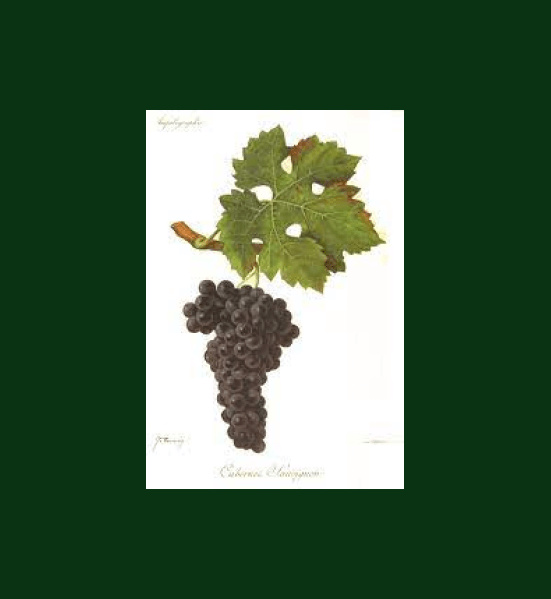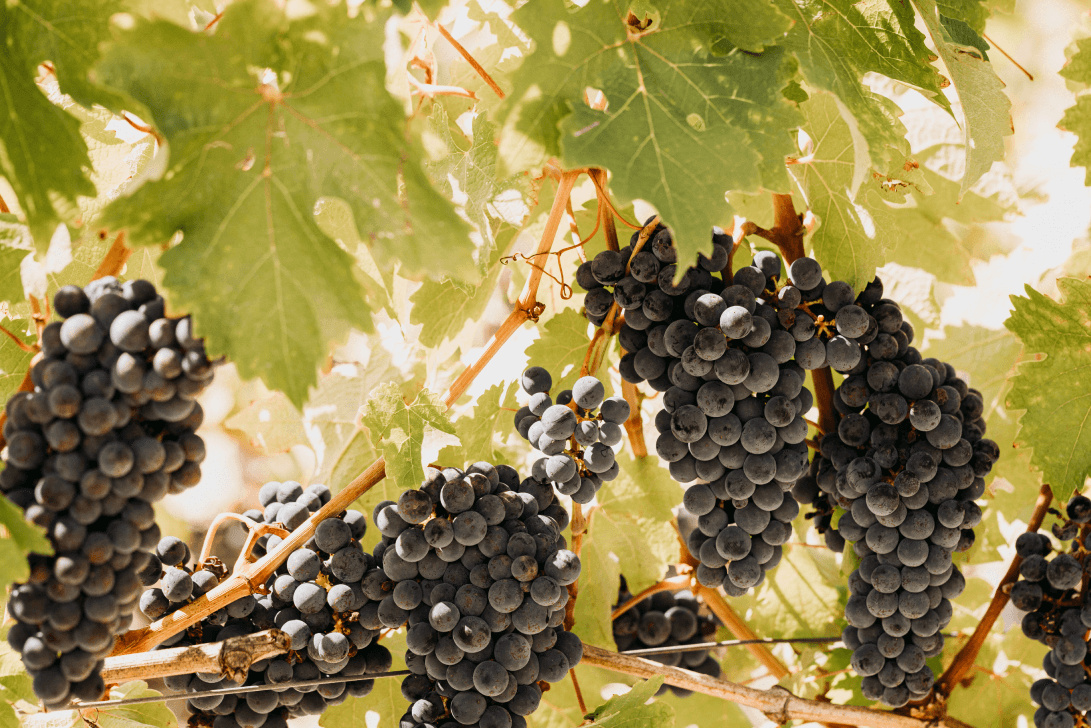This plot of almost 2 hectares of Merlot was planted in 1984. It’s composed of Merlot grafted on “3309 Couderc”*, this rootstock is specifically well suited to this type of terroir.
The “gravelly brown soils” present here on the upper part of the plot are characteristic of the southern slope of the Lafon-Rochet plateau. These soils have limited capacity to retain mineral elements but are however concentrated in important elements such as Magnesium or Potassium.
On this type of gravelly soil with low organic matter on the surface, the vine is forced to root very deeply to limit its water stress.
The plots made of “gravelly brown soils” represent about 1/3 of the property and are also suitable for a qualitative production of Merlots as Cabernets Sauvignon or Franc.
* The Couderc 3309, or abbreviated to 3309 C, is a variety created to serve as a rootstock for the vine.




